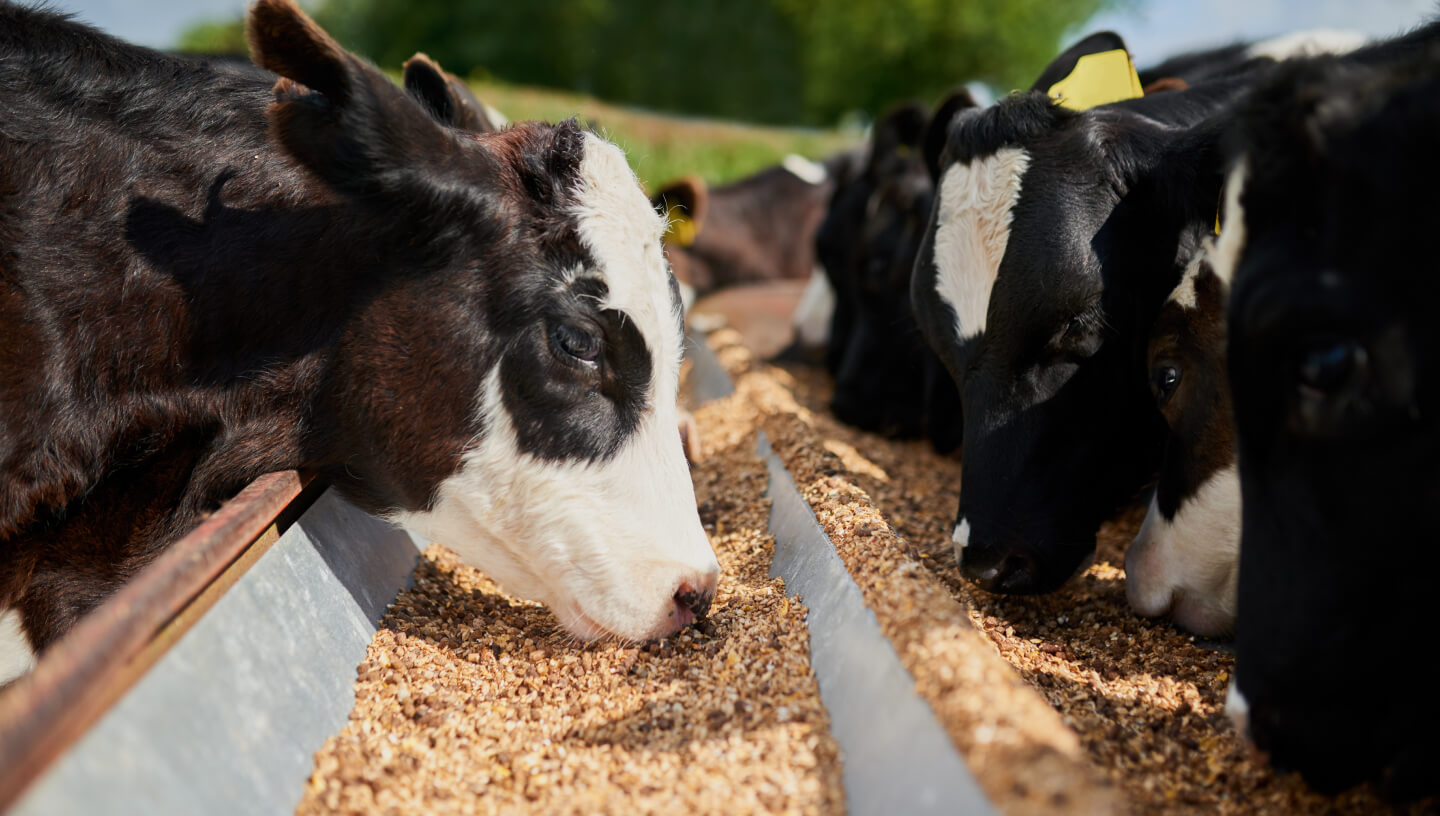27.09.2022
Scientists look for ways to reduce ’agricultural’ pressure on climate
Scientists propose a way to improve global food security and provide sustainable fodder for livestock by recycling plant waste.
 Photo from: PeopleImages / iStock
Photo from: PeopleImages / iStock
The production of feed for livestock and fish depletes the limited natural resources that could be used to create food for humans. A study by experts at Aalto University in Finland has shown how, with relatively simple changes, 1 billion people, or 13% of our planet’s population, could be provided with additional food.
The scientists found that currently, around one-third of cereal crops and one-quarter of fish harvests do not go to humans but are consumed by the livestock sector. The researchers proposed replacing these resources with feed made from plant waste and by-products.
Researchers analysed the flow of food and feed, as well as its by-products and various residues, in the global food production system.
They then identified ways of altering these flows to achieve a better outcome. For example, livestock and farmed fish can be fed by-products such as sugar beet or citrus pulp, other fish or even vegetable waste.
Through these changes, between 10% and 26% of total cereal and 17 million tonnes of fish production (about 11% of the current seafood supply) could be diverted from animal feed to human use.
Depending on the specific scenario, the increase in food supply would be 6-13% in calories and 9-15% in protein content.
“It may not seem like much at all, but it is food for about 1 billion people,” said lead study author Vilma Sandström.
According to Professor Matti Kummu, he and his colleagues have for the first time collected data on food and feed production chains for terrestrial and aquatic systems on a global scale, and then combined this information.
Some changes, such as feeding livestock with crop residues, can lead to lower animal productivity, but the researchers took this into account in their analysis.
Another problem is that the human-friendly food currently used in livestock and aquaculture differs from what people are used to.
For example, the feed industry uses a different variety of maize: some grains are of lower quality. And the fish used for fishmeal tends to be small and bony, making it not very popular with people.
Cover photo: pidjoe / iStock







































Comments